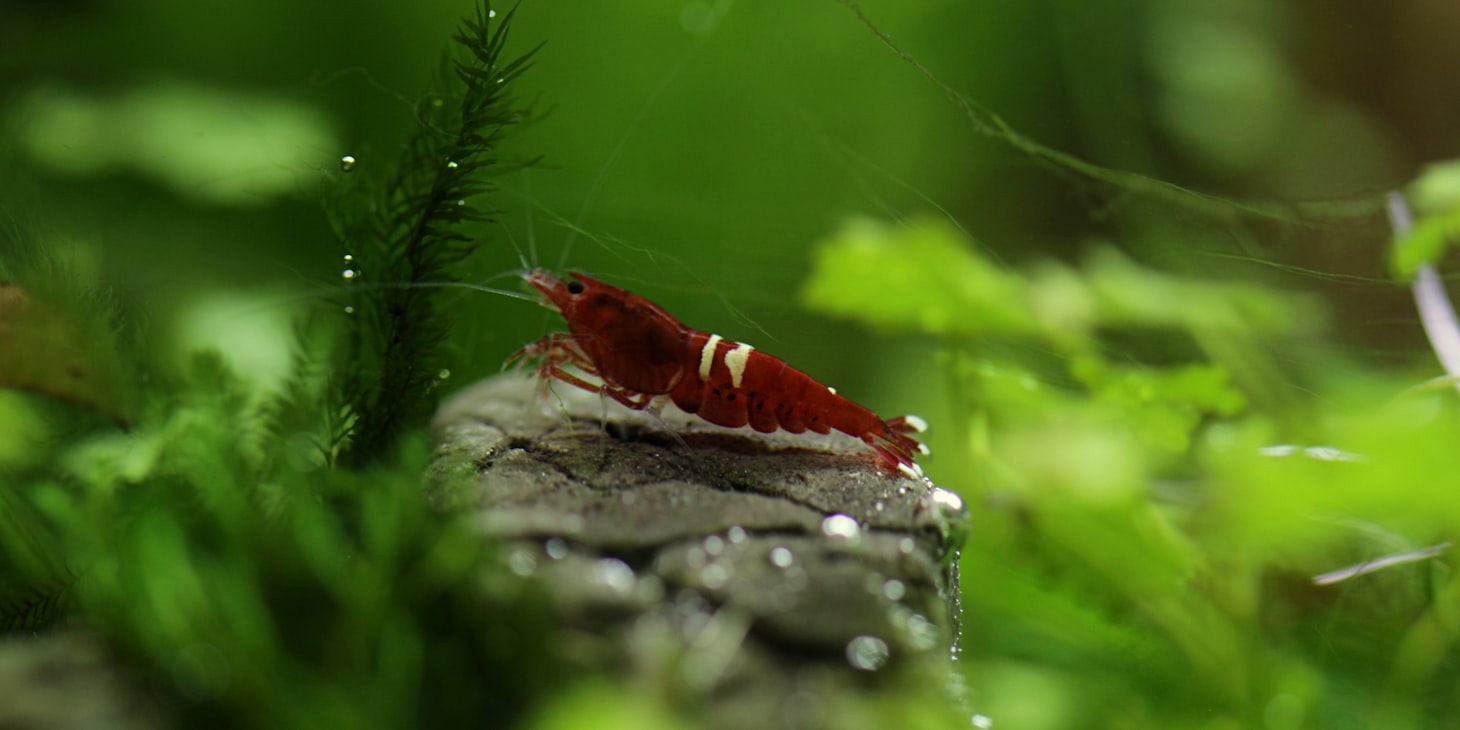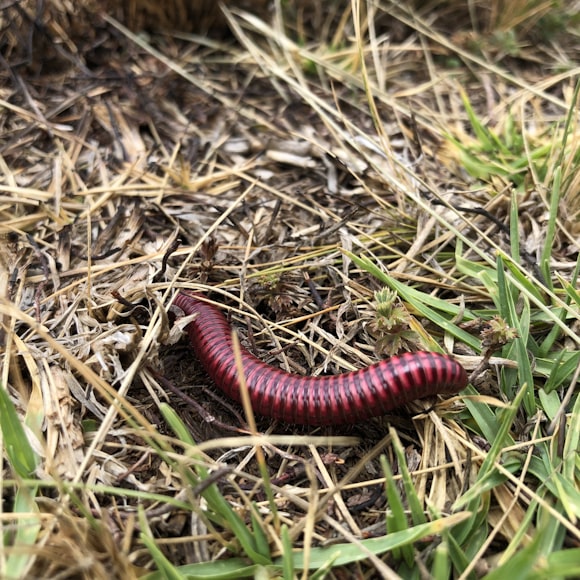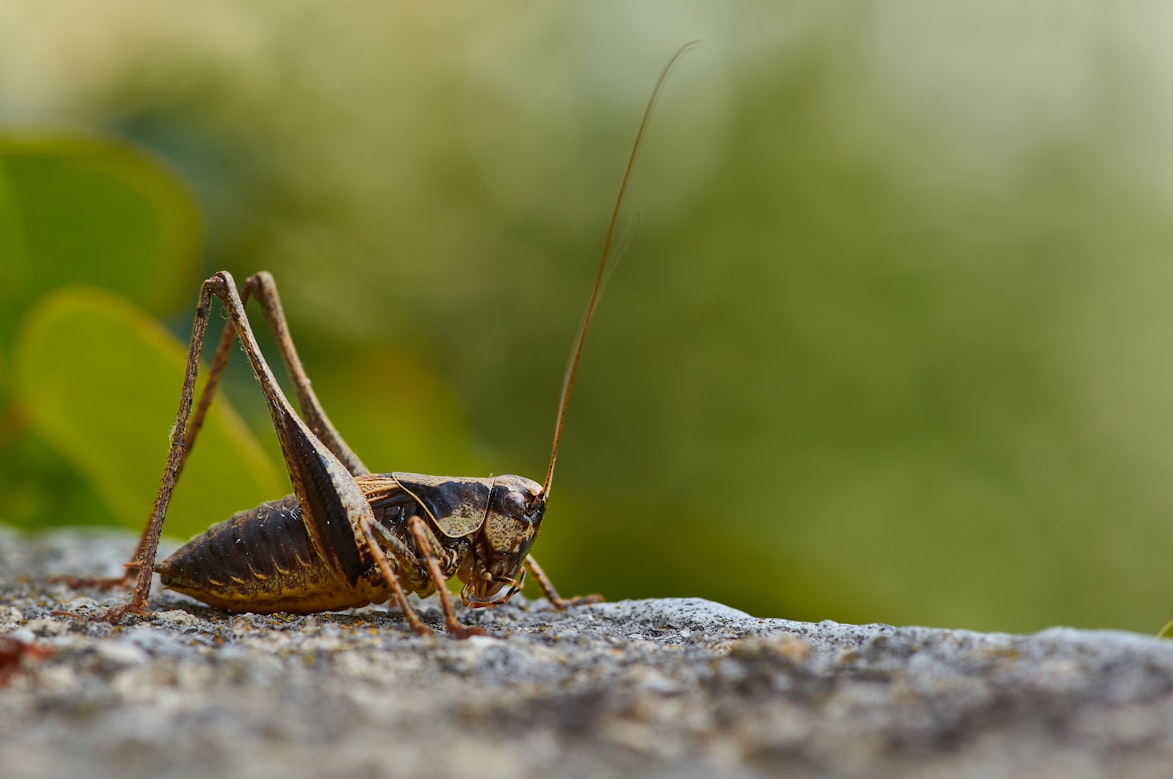As an Amazon Associate I earn from qualifying purchases.
What Do Baby Axolotls Eat?

Axolotls are becoming increasingly popular as pets. They are amphibians that spend the majority of their lives underwater. Some people believe they eat nothing at all, although this isn’t the case.
Axolotls are omnivores that should consume 30 to 60 percent protein in their diets. You may find out about nutritional requirements for adult salamander meals, but there are many food alternatives that are nutritionally complete on their own. The following are some of the best axolotl diet options available.
Baby axolotls have distinct nutritional needs when compared to adult axolotls. In particular, because they are so tiny, food that is suitable for adult axolotls would not be appropriate for baby ones.
If you’re thinking about breeding and raising axolotls, it’s time to brush up on your axolotl nutrition expertise, especially when it comes to feeding baby axolotls, whose dietary needs are rather distinct from those of their parents.
Don’t be frightened by their tiny stature. This article on axolotl nutrition will go over the essentials, and you’ll discover that despite their diminutive size, they have plenty of food options to choose from.
What Do Baby Axolotls Eat?
Newly hatched axolotls are unable to eat until they reach a length of 10 to 13 millimeters. Their size varies from 10 to 13 mm. Although they have some egg yolk left in their juvenile stage, it will keep them fed for approximately 24 to 72 hours. They remain still throughout this time.
After 24 to 72 hours, baby axolotls are ready to eat and will consume whatever you give them in a matter of minutes. However, it isn’t any old meal. Baby axolotls should only be fed live food while adult axolotls can consume both living and nonliving things.
Because baby axolotls have not yet developed their sense of smell, they are less likely to be caught. In contrast, infant axolotls have a strong sense of sight but are not as good as adult ones. They can see motion very well, therefore they can detect live bait that wiggles.
Small food, in other words, is any food that may be consumed by the animals themselves. You’ll also have to feed them live food, as well as tiny meals.
Live Daphnia
Live daphnia is good food for babies and juvenile axolotls. It is readily available in pet stores, but you may wish to grow your own live culture or buy live daphnia from fish-free cultures because they might transmit parasites and illnesses to your axolotls.
Bamboo shavings are a nutritious and safe food supply for baby axolotls. Even adult axolotls enjoy them, although they aren’t as nutritious for them. With the assistance of starter cultures and a specific kit that you may purchase from Amazon, you can set up your own cultures at home.
Baby Brine Shrimp

Another live food that you may grow at home and feed to newborn axolotls is baby brine shrimp. They’re a nutritious addition to your aquarium, and they’re easier to produce than daphnia. Axolotls consume adult brine shrimp as well. The main disadvantage of brine shrimp is the mess they create, so keep an eye on your water changes and tank cleaning.
Chopped Blackworms

The majority of axolotls will accept white worms or white worms, although you may also give chopped adult axolotls to juvenile ones since they will nevertheless move a little even after being chopped up.
The major disadvantage of blackworms is that they are filthy, so clean any leftovers as soon as possible and maintain water changes to avoid water chemistry concerns.
Microworms

Another wonderful option for baby axolotls is micro worms, which may be manufactured at home. You won’t have to worry about size with micro worms, but they are messy, so take care to keep your tank clean.
What Do Baby Axolotls Eat in The Wild?
Axolotls are freshwater salamanders indigenous to Mexico’s Xochimilco canals and waterways. They consume whatever small animals may be found in their natural environment, including snails, insects, earthworms, and the like.

Axolotls consume insects, snails, worms, tiny crustaceans, mosquito larvae, crickets, frog tadpoles, smaller salamanders, and even smaller fish by swallowing them. The phrase “swallow” is crucial because axolotls do in fact swallow their meals. By spreading their jaws wide and sucking in the water together with their prey, axolotls consume food.
It’s not difficult to satisfy the nutritional requirements of axolotls that are grown in a home aquarium since the same types of protein-rich foods are accessible for aquarists who keep them in captivity.

Because of their lack of sophisticated teeth, axolotls don’t chew food but rather bite it.
If you’re interested in their teeth, the next time you feed them, feel free to put your hands into the tank to observe how they grasp onto your finger. Don’t be concerned; their teeth aren’t sharp enough to puncture human skin.
To be able to consume their food whole, axolotls must first chew it sufficiently small that it does not cause harm on its descent down the animals’ digestive system. Food that is too big might get caught, resulting in bowel obstruction and potentially causing death if the impaction isn’t relieved.
How to Feed Baby Axolotls?
It’s quite difficult to feed newborn axolotls because their meals are tiny. Baby axolotls in a huge tank may find it difficult to eat. Working with smaller containers, where there is less room and water, allows baby axolotls to find their food a lot quicker than in a big tank.
You’ll need a few containers, especially if you’ve divided them according to size, depending on the number of baby axolotls you’re raising. There are a few types of equipment that comes in useful when feeding, such as tweezers, Q-tips, and a turkey baster.
You’ll see that if the food doesn’t wiggle or move, your axolotls will pay it no mind. So make sure the food you’re feeding them is wiggling or moving before they come to eat it; otherwise, they may not notice the meal you’ve got for them.
You might be aware that adult axolotls do not require daily feedings and that 2-3 feedings per week are enough. While this is true for adult axolotls, baby axolotls do need to be fed every day.
How Much Do Baby Axolotls Eat?

Once or twice a day, feed the baby axolotls. You don’t want to overfeed them, so clean up any leftovers as soon as possible. All live foods that axolotls enjoy are extremely messy, so avoid overfeeding them and cleaning up any spills straight away.
Baby axolotls can only survive a few days without food, so it’s essential to maintain many live cultures at home. Even adult axolotls can go for weeks or even months without eating, although baby axolotls may only survive a few days without nutrition, thus having many living cultures on hand is crucial.
Due to their accelerated metabolism, baby axolotls require more frequent feedings as they mature than do adult axolotls.
What Are The Natural Predators of Baby Axolotls?
Every animal, including the axolotl, would be a prey or predator in its own right. This is just another example of this rule. Even with other animals, this is a typical linear food chain. If an axolotl were to live in its natural setting, here is a list of natural predators it could face.
Stork
Storks are avian predators that are big wading birds. They eat nearly anything they can cram their beak around. This species has the edge with its long legs, allowing it to have a tall building perspective and prey on smaller fish, insects, frogs, and our little axolotls.
Their typical hunting grounds would be shallow lakes where they will stand still to stalk for their food, with an acute sense of sight, long necks, and long sturdy bills. The stork, being unnoticed, will spring on them when the axolotl rises to the surface of the water to breathe.
Herons
Herons and storks have comparable hunting methods, tracking their food down in much the same way. These coastal freshwaters would creep with great speed, remaining unnoticed by any fish in shallow lakes thanks to their long legs.
If a heron is attacked while standing still in the water, it will strike and generally swallow head first if the fish is tiny. Fishes break the surface of the water and, if they are within striking distance, the heron takes its chance to attack and usually devours head first if it’s a tiny fish. They will grasp the prey in their bill and bring it to the shore, where they will stab it with their sharp bill to ensure that it is dead if it believes that the prey cannot be swallowed.
The Australian pond heron’s beak is sufficiently large to eat axolotls, but they would have difficulty consuming bigger herons because of the strain.
Carps
Carp are popular freshwater fish that have been domesticated by farmers as a source of food in lakes and ponds. They’re considered easy to maintain, are thought of as eating fish, and are one of the most important dietary sources for humans.
The first thing juvenile axolotls try to eat once carp were introduced into the lake where they reside is their eggs if they can fit into their mouths, or else their next pick would carp. Carps feed by suction and almost everything else that goes along with it.
Tilapias
Tilapias, another popular freshwater fish, is highly coveted by farmers. They thrive in shallow ponds, lakes, and streams. Tilapias were sought after by farmers in the early 2000s because they were the fourth most eaten fish in the United States. They’re also an invasive fish species that are low-cost, simple to prepare, and helpful in the fight against malaria by consuming mosquito larvae.
When it comes to tiny-sized axolotl and axolotls, it’s no surprise that they’re a food source for them.
Humans
Humans are likewise a hazard to axolotls because they hunt these intriguing reptiles. They capture axolotls in order to exhibit them in aquariums, even though poor conditions of confinement will cause them to refuse their food and die. Others capture them for the purpose of being eaten.
The practice of consuming axolotls as food is not unique to the 21st century; it dates back to the Aztec culture in the pre-Columbian era. Modern consumers prize roasted axolotls, which are considered a delicacy by modern consumers. However, finding them in Mexican shops is becoming increasingly difficult. Humans are also a danger to these amphibians since they are utilized in scientific studies.
The ability to regenerate body parts allows axolotls to survive in the wild, but it may also put them in greater danger. They are being sought after by scientists who study them in order on a deeper knowledge of evolution.
How Do Baby Axolotls Protect Themselves From Predators?
Our fellow axolotl keepers understand that they are delicate and soft to the touch, and we know that our hands are safe. As we previously stated, it is due to their lack of natural predators where they came from.
It would make perfect sense that they don’t need to develop any defensive mechanism or any physical ability to protect themselves since there is no natural predator.
But if they detect danger, such as a predator approaching in the tank set I observed, they will dash through the water at high speeds in an attempt to avoid being captured by any sharp beak or predatory fish.
The physiology of an axolotl is unique in that it has no defenses against which to react. Their gills are exposed externally, they lack eyelids, and their body is soft all throughout. If you want to keep them together or with their own species, I highly recommend keeping them alone or using non-invasive fish.
Amazon and the Amazon logo are trademarks of Amazon.com, Inc, or its affiliates.

